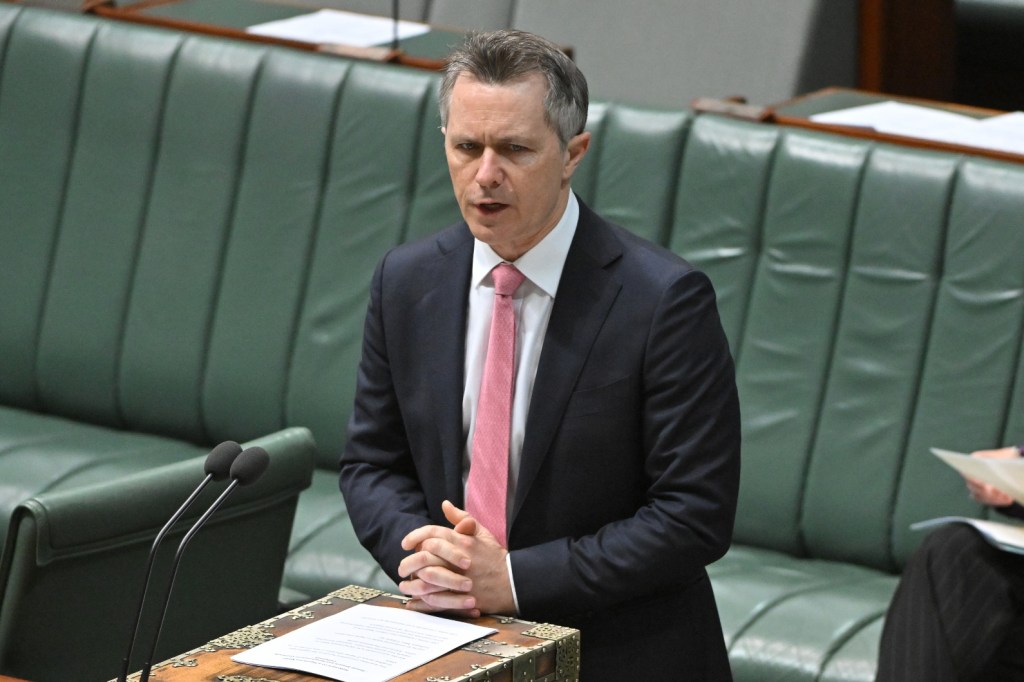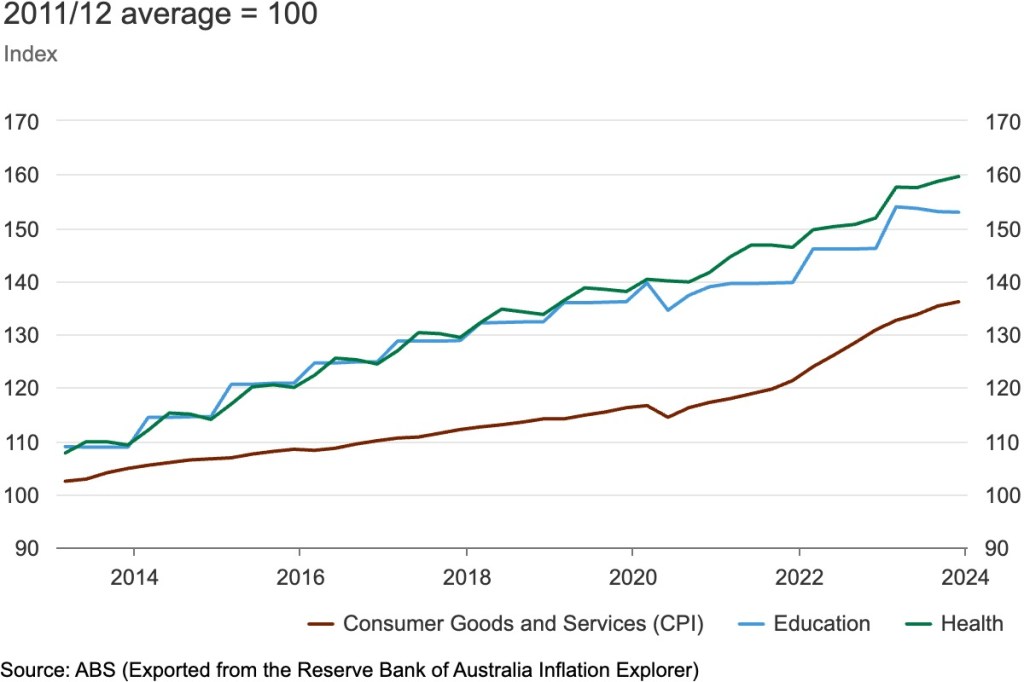
While the federal budget is light on big public education announcements, it marks a pivotal point for funding deals with the states.
Education Minister Jason Clare announced in February he would negotiate with the states on a new school funding arrangement that would see public schools funded according to the school resource standard (SRS) for the first time.
The SRS estimates how much total public funding a school needs to meet its students’ educational needs. It is based on recommendations made in the 2011 Gonski Review of School Funding.
Western Australia is the first state to receive new federal funding to close the gap, bringing all public schools in the state up to 100% of SRS by 2026.
Under the agreement with the federal government, WA will receive $777.4 million in additional funding from 2025 to 2029, with the most disadvantaged public schools to be funded first.
The WA government has committed to investing at least an equivalent amount over this period, bringing the total funding pool to $1.6 billion.
The Northern Territory was next over the line, with Clare cutting a $737.7 million agreement with the territory government from 2025 – 2029. The Territory Government has committed to investing at least an additional $350 million over the same period.
This means the Commonwealth will increase its share of funding from 20% to 40% of the SRS, contingent on the Territory increasing its funding share to reach 60%.
The ACT was the only jurisdiction prior to this that received funding according to the SRS.
While these states and territories have welcomed the additional commonwealth funding, ministers for the remainder decried the government’s lack of progress on funding deals.
In a joint press release two days before budget night, Education Ministers Blair Boyer (SA) Prue Car (NSW), Ben Carroll (VIC), Di Farmer (QLD) and Jo Palmer (TAS) said “time is up” to fairly fund state schools.
“The funding inequity between public schools and private schools is alarming, which is why I have been standing shoulder to shoulder with NSW, ACT, QLD, TAS and VIC, calling on the Federal Government to fund the full 5 per cent on the SRS,” said Boyer.
“In South Australia, the 5 per cent is worth as much as $190m of extra funding for public schools every single year. That would go directly into school support so that teachers have the time, resources and support to help students achieve the best academic outcomes.
“We are seeing levels of disadvantage rise in the public system — and that has been the case for many years now. We need this money now more than ever before so that in the future we can actually look students and staff in the eye and say we are contributing the amount of money they need to make sure they get the same opportunities that students in private schools do as well.”
Despite promises from successive governments since the Gonski review, the SRS has never been met in Australian public schools.
This is partly due to the complexity of funding arrangements around schools between the commonwealth and states.
State governments are responsible for 80% of funding for public, and 20% of funding for private schools, with the federal government responsible for the remainder.
This leaves states, that have more limited budgets than the federal government, with more responsibility for public education. As recurrent expenditure on schools has increased with population growth and inflation, the funding gap between public and private schools has widened in most states and territories.

The GST take — the main mechanism for funding state programs — has failed to keep up with the cost of education and health over the last decade. This means the total pool of funding available for public schools from the federal government has shrunk over time.
Meanwhile, the funding pool available for private schools has continued to rise along with the Government’s tax take, widening the quality gap between the two systems.
- $1.88 million pilot program in Queensland state schools to reduce teacher workloads.
- $3 million for teacher microcredential courses focused on explicit teaching, teaching phonics and managing classrooms.
- $3.5 million for the Australian Education Research Organisation (AERO) to develop free evidence-based classroom management guidance and tools.
- $10 million for the Scaling Up Success in Remote Schools program which is focussed on supporting teachers across 14 remote WA schools to implement evidence-based teaching practices.
These will not go to directly hiring new teachers, which has been the big ask of the country’s education unions. Despite some progress, NSW is still short well over 1,000 teachers to meet the current load. But this is ultimately what the core funding is for — something NSW desperately needs as the cost of education in the state explodes.
Most school principals (86%) in the state have reported teacher shortages in the last year. NSW Teachers Federation president Henry Rajendra said the current funding shortfall in the state was about $1.9 billion.
“It’s time for the Prime Minister to step up and lift the federal SRS share from the current 20% to 25% by 2028,” he said.
“The Minns Government also needs to ensure that the accounting tricks used by the former Coalition government to artificially inflate the state’s SRS share by 4% are not relied on in the next agreement and public schools are funded at a genuine 100% of the SRS.”
A spokesperson for Clare’s office said they expect to finalise funding agreements with the remaining states by the end of the year.
READ MORE:
Public schools to be funded according to Gonski model for first time

